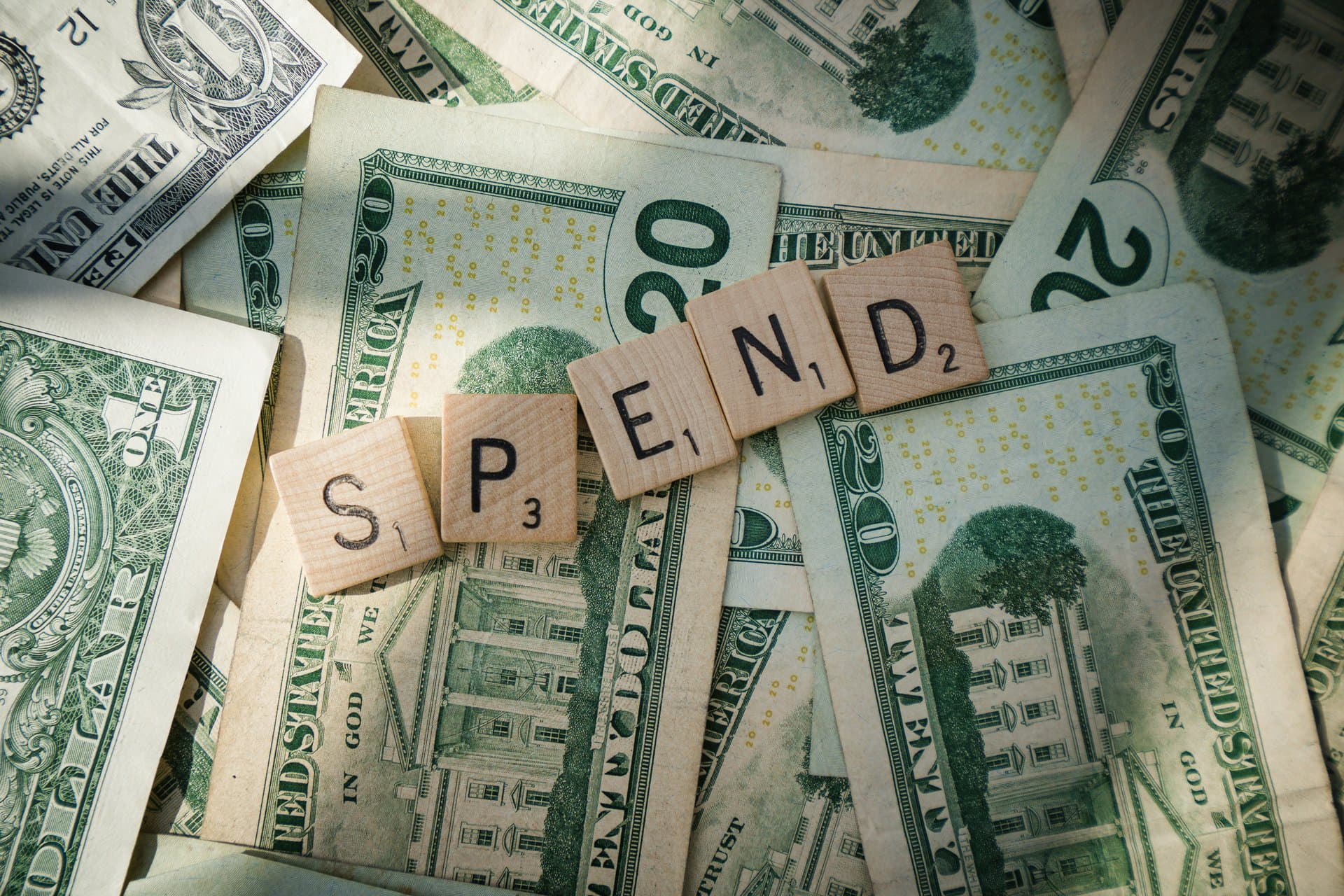Maximize Your Tax Refund: 7 Smart Moves to Boost Wealth
Discover how to transform your tax refund into lasting financial gains with seven expert-backed strategies. Learn to balance debt payoff, savings, and spending for a stronger financial future.

Key Takeaways
- Use the 1/3 rule to split your refund for balanced financial health
- Prioritize paying off high-interest debt like credit cards
- Build or replenish an emergency fund with high-yield savings accounts
- Invest in retirement accounts such as Roth IRAs for tax-free growth
- Consider strategic spending that enriches life without derailing finances
- Prepaying annual expenses can unlock discounts and ease monthly budgets
- Investing in skills or side hustles can multiply your refund’s value

Tax Day has arrived, and with it, the chance to turn your tax refund into a financial game-changer. This year, Americans are receiving slightly larger refunds—averaging just over $3,100—yet many still wrestle with how best to use this windfall. Is it a free bonus to splurge on a getaway, or a golden opportunity to tackle debt and build savings? Experts suggest a balanced approach, like the simple yet powerful '1/3 rule,' which divides your refund into saving, spending, and debt repayment. Beyond that, savvy strategies range from boosting retirement accounts to starting side hustles. This article unpacks seven smart moves to maximize your tax refund, blending data, real stories, and expert advice to help you steer your refund toward lasting financial freedom.
Balancing Your Refund Wisely
Think of your tax refund as a three-piece puzzle, each part fitting into a vital financial priority. The '1/3 rule' breaks your refund into three equal parts: saving, spending, and debt repayment. This approach isn’t just neat math—it’s a strategy that turns a lump sum into lasting benefits. For example, setting aside one-third for savings means you’re building your future, whether that’s padding an emergency fund or stashing cash for a dream vacation. Another third goes toward spending on things that genuinely enrich your life, like a modest getaway or a new gadget you’ve been eyeing. The final third tackles debt, especially high-interest credit cards that silently drain your wallet. This balanced method prevents the all-too-common pitfall of blowing your refund in one go, leaving you with nothing but buyer’s remorse. Instead, it creates a financial rhythm that’s both responsible and rewarding.
Tackling High-Interest Debt
Debt can feel like a shadow lurking over your finances, especially when credit card interest rates soar up to 35%. Using your refund to chip away at this high-interest debt is like smashing the biggest boulder blocking your path. Nearly 37% of Americans plan to use their refund to pay credit card bills, a smart move given the average refund of $3,300 against an $8,000 credit card balance. Two popular strategies emerge: the avalanche method, which targets the highest interest rate first to save money on interest, and the snowball method, which pays off the smallest balances first to build momentum. Both work, but the avalanche method offers the clearest path to financial relief. Andrew Gonzalez’s story illustrates this well—his $1,245 refund helped him wipe out his car loan, freeing him from a wealth killer. Paying down debt first isn’t just smart math; it’s emotional relief, opening the door to future financial freedom.
Building a Robust Emergency Fund
Life’s curveballs don’t send a warning, but a well-stocked emergency fund cushions the blow. Experts recommend saving three to six months of living expenses—roughly $20,000 to $40,000 for the average household. Yet, nearly 40% of Americans have $250 or less in savings, a stark reminder of how fragile many financial safety nets are. Your tax refund can be the lifeline that replenishes this fund. Placing that money in a high-yield savings account, like LendingClub LevelUp Savings with a 4.40% APY or UFB Portfolio Savings at 4.01%, turns idle cash into a working asset. Unlike traditional banks paying near-zero interest, these accounts grow your money while keeping it accessible. The relief of a funded emergency account is priceless—it’s the peace of mind that lets you sleep soundly, knowing you’re prepared for the unexpected.
Boosting Retirement Savings
Retirement might feel like a distant horizon, but every dollar invested today grows into a sturdy nest egg tomorrow. Roth IRAs are a favorite among experts for their tax-free growth and withdrawals. For 2025, eligible individuals can contribute up to $7,000 ($8,000 if over 50), making your refund a perfect boost. Imagine a $3,000 contribution at age 50 growing to over $6,400 by age 65 with a modest 5% return—money the IRS never touches. Starting early maximizes compounding, turning small seeds into a forest of financial security. If you’ve delayed retirement savings, your refund offers a fresh start. Platforms like SoFi IRA make it easy to begin, with matched contributions and compounding interest working in your favor. Retirement isn’t just about the future; it’s about freedom to live your best life later.
Spending to Enrich Life
Why splurge on wants? Because life’s richness isn’t just about numbers—it’s about experiences and comfort. Experts agree that allocating a portion of your refund to spending is healthy, as long as it’s moderate and meaningful. Think of it as a budget treat, like a weekend getaway, home improvements, or that gadget you’ve been eyeing. Courtney Alev from Credit Karma suggests limiting fun spending to 10-20% of your refund, balancing joy with responsibility. This approach prevents the guilt spiral after impulse buys and keeps your financial plan intact. Spending wisely on what truly enriches your life—concert tickets, classes, or a new piece of furniture—adds value beyond the ledger. It’s about savoring the moment without sacrificing tomorrow.
Prepaying Expenses for Savings
Here’s a savvy twist: use your refund to prepay annual expenses and unlock discounts. Car insurance, for example, often offers 10-15% off if paid upfront rather than monthly. Similarly, some landlords or storage units provide discounts for early rent payments. Ashley Morgan, a debt and bankruptcy attorney, highlights how prepaying can lower monthly bills and overall costs. This strategy turns your refund into an immediate return on investment, easing your monthly budget’s strain. It’s like buying groceries in bulk—pay more now, save more later. For those juggling tight budgets, this move can be a game-changer, turning a lump sum into ongoing relief.
Investing in Earning Power
The highest-return investment? Yourself. Using your refund to boost skills, certifications, or side hustles can multiply your income potential. Whether it’s a professional certification like PMP, digital marketing courses from Google or HubSpot, or equipment for a side business, these investments pay dividends beyond traditional markets. A $3,000 refund can kickstart a photography business, writing gig, or lawn care service, turning a one-time payment into a recurring income stream. Even if starting a business feels daunting, simple side hustles with minimal startup costs can add up. Platforms like FlexJobs offer flexible, verified remote jobs to apply new skills. Investing in yourself isn’t just smart—it’s empowering, turning your refund into a launchpad for financial independence.
Long Story Short
Your tax refund isn’t a jackpot—it’s your own money coming back, a chance to rewrite your financial story. Whether you follow the 1/3 rule or tailor your approach, the key is intentionality. Paying down high-interest debt frees up future cash flow, while building an emergency fund offers peace of mind amid economic uncertainty. Investing in retirement accounts like Roth IRAs plants seeds for a comfortable future, and strategic spending can enrich your life without guilt. Don’t overlook prepaying essentials to snag discounts or investing in skills that boost earning power. As Andrew Gonzalez’s story shows, using a refund to wipe out debt can feel like lifting a weight off your shoulders. This year, let your refund be a stepping stone—not a stumble—toward financial resilience and freedom.